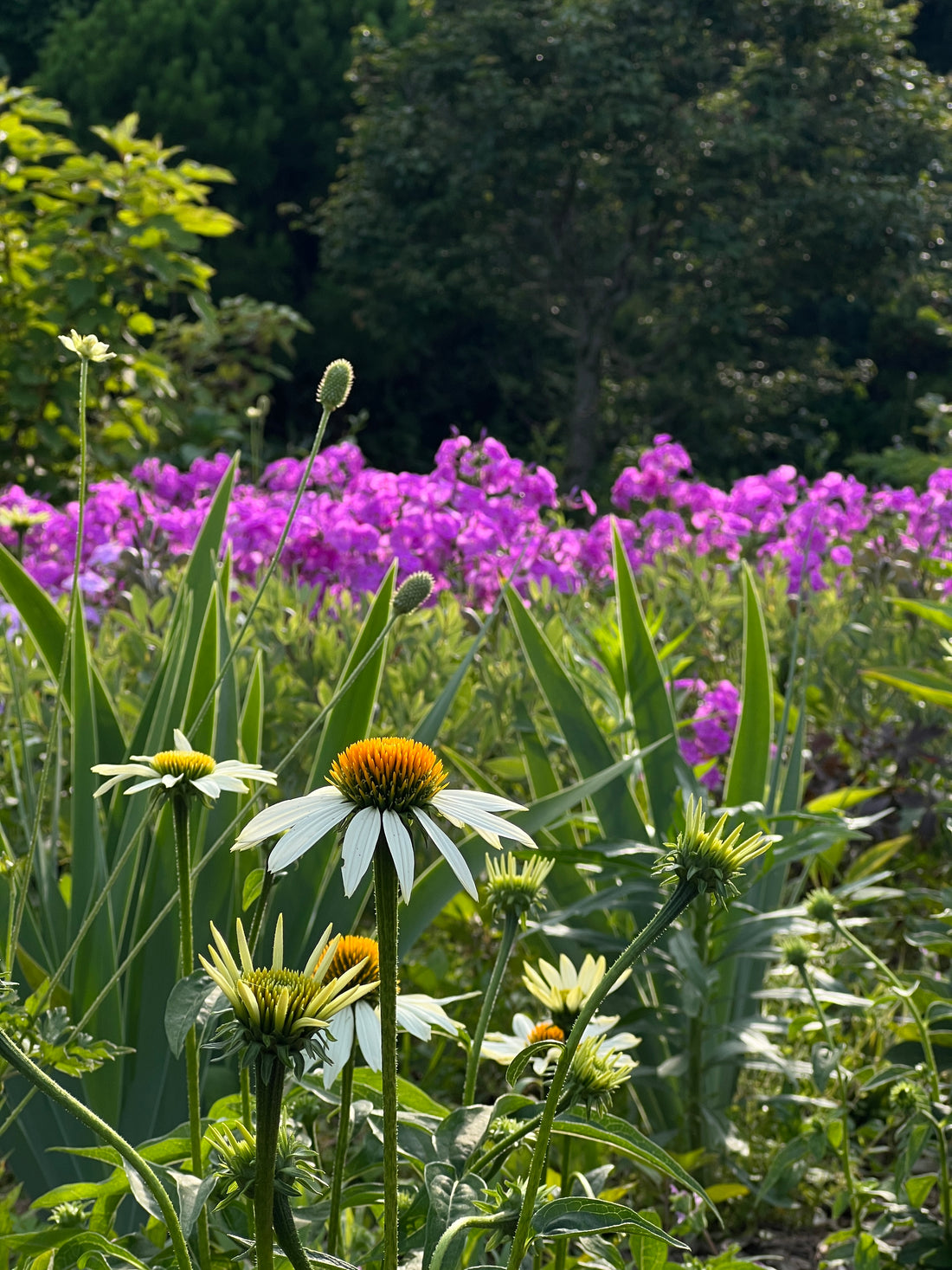In every era, societal norms and ideals influence our decisions and shape our communities. This is as true in gardening and landscaping as it is in architecture, fashion, or technology. The conventional American lawn with foundation plantings, a standard that came to prominence in the post-World War II era, has long been heralded as the epitome of residential landscaping. But as we look around our neighborhoods today, are we really content with this status quo?
The foundation planting and grass lawn look became the norm for several reasons. First, it was easy to maintain, which was appealing to homeowners in the burgeoning suburbs of the mid-20th century. The lawn represented a symbol of suburban uniformity and stability. It also reflected an idea that a neat, controlled landscape was more respectable than a wild, unruly one. However, this mindset also overlooked the potential for gardens to offer not just beauty and a unique sense of place, but also environmental benefits and a connection with nature that a conventional lawn simply cannot provide.
Historically, many people view a ‘garden’ as a segregated area for growing vegetables or a few decorative plants, with the rest of the outdoor space defaulted to lawn. This ‘garden norm’ is deeply rooted not just in people’s minds, but also in societal structures and regulations. However, norms can and do change over time. With awareness and education, the concept of a garden can evolve, from a small plot in a corner of the yard to an integrated, dynamic, and sustainable landscape that replaces the traditional lawn.
The transition from lawns to gardens doesn’t mean compromising on practical benefits. We can achieve open spaces for gathering and play within a garden setup, without surrendering the whole yard to a monotonous expanse of grass. When we diversify our gardens with native and adapted plants, we support local ecology and invite a wider range of wildlife, from pollinators to birds, into our spaces. Gardens can be designed for beauty throughout the seasons, with careful plant selections offering a succession of flowers, foliage, fruits, and seeds.
Shifting the American gardening paradigm from lawns to gardens offers exciting possibilities. Imagine neighborhoods filled with diverse, vibrant landscapes that reflect the personal tastes and environmental ethos of the gardeners who cultivate them. Imagine stepping outside to a space that doesn’t just look nice, but also contributes to local biodiversity, helps mitigate climate change, and provides habitat for wildlife.
The lawn, a symbol of 20th-century uniformity, is giving way to a new ideal: the garden, a symbol of 21st-century individuality and environmental responsibility. By focusing on building soil health, choosing plants adapted to local conditions, and considering aesthetics and function, we can create landscapes that are not just spaces but places. Places of beauty, biodiversity, and self-expression. Places where the visual spectacle is as unique as the person who created it. That is the true essence of gardening.
The shift toward a garden ideal is not a step backward, but rather a leap forward. It is a shift that embraces the complexity and beauty of nature and allows us to express our individuality while making a positive impact on the environment. So next time you look at your yard, think about what you could create. The possibilities are as boundless as your imagination. It’s time to redefine the American garden.

